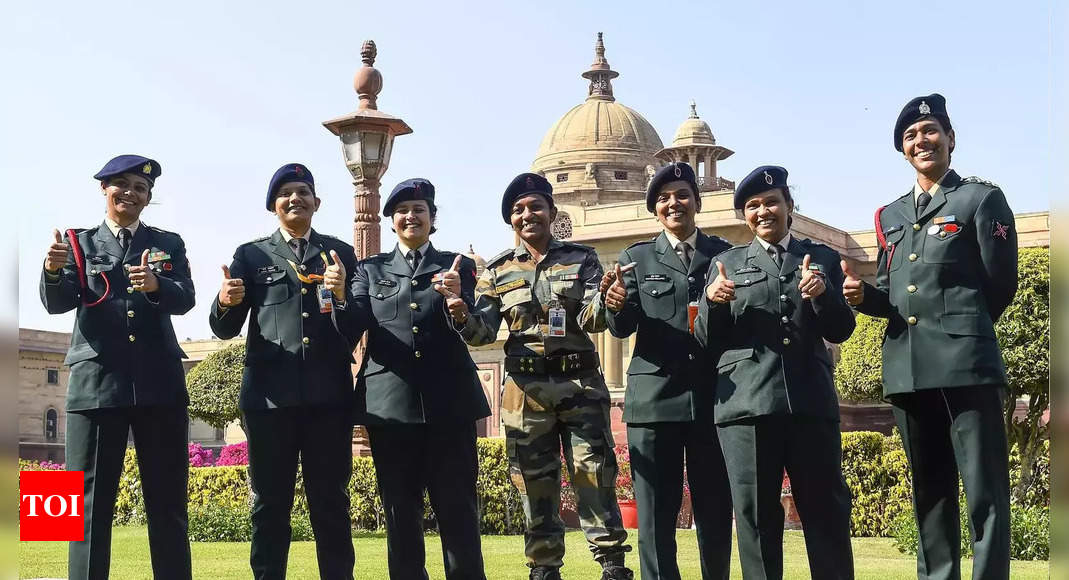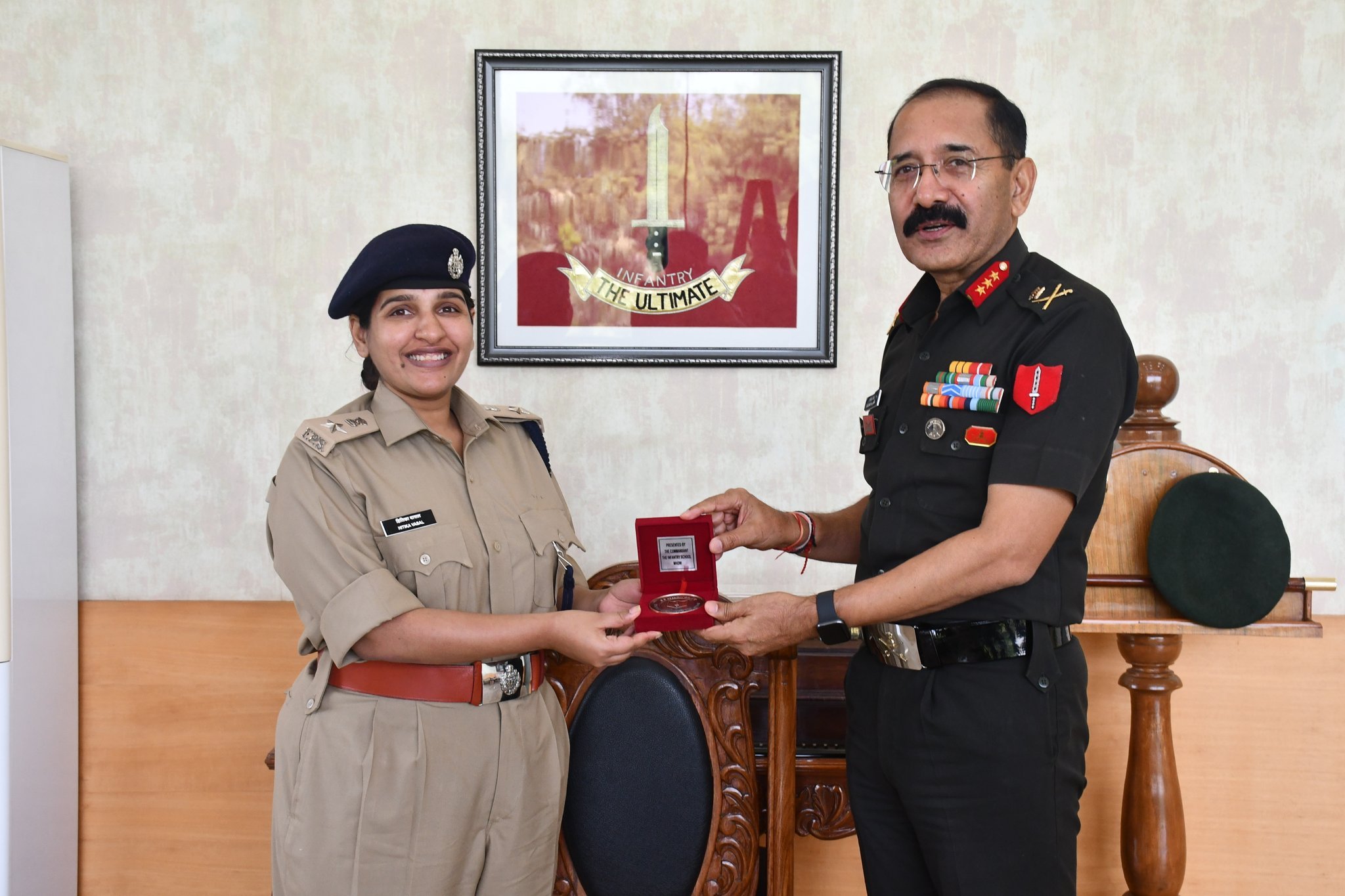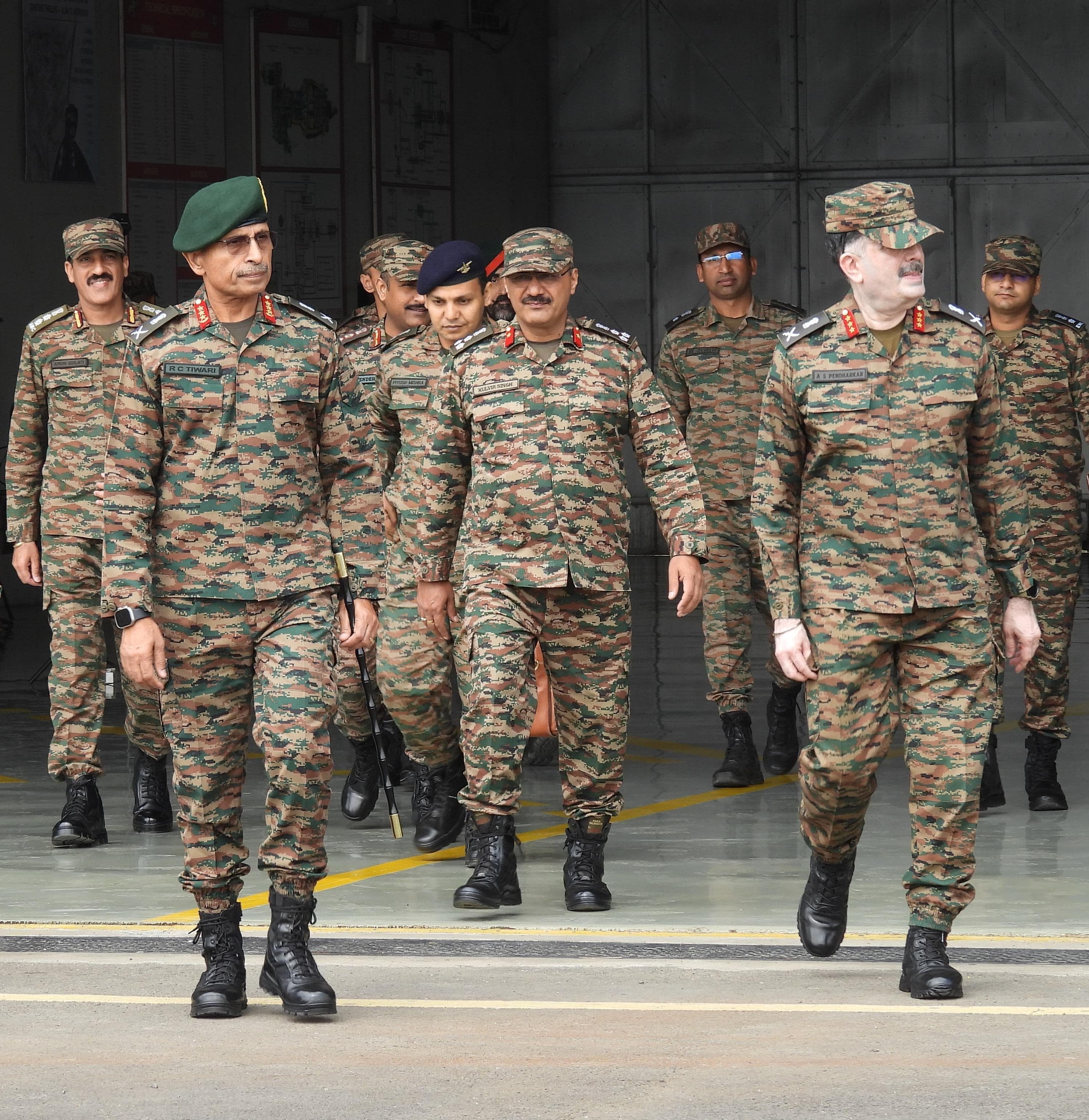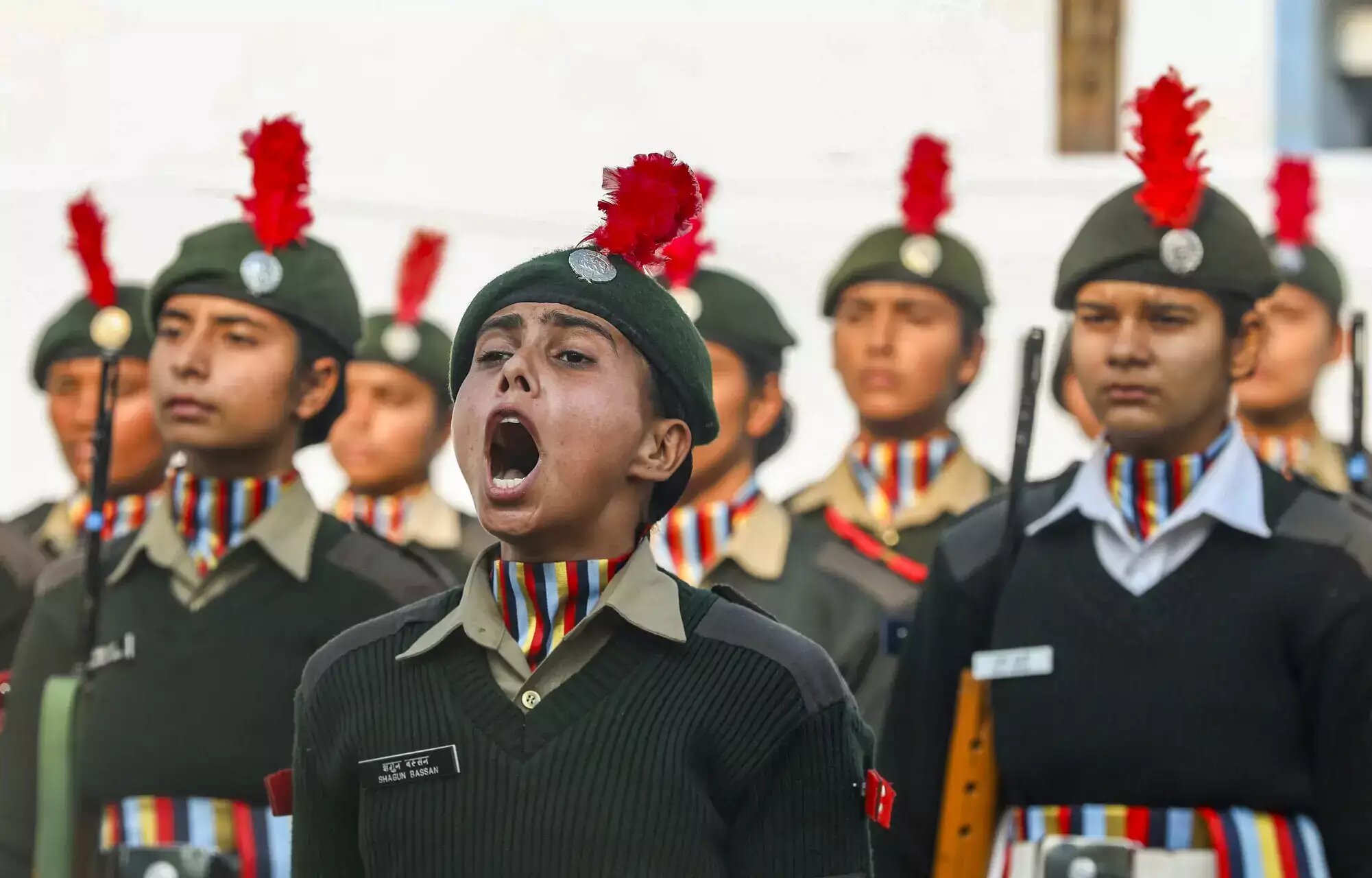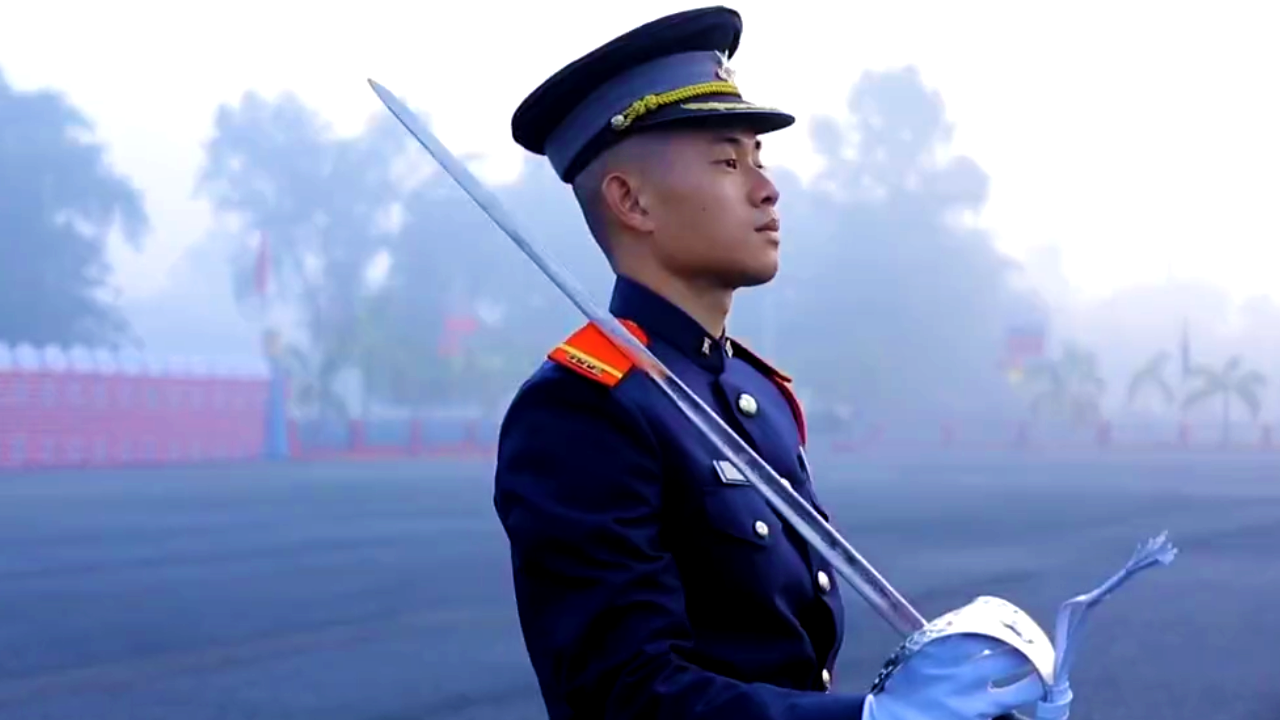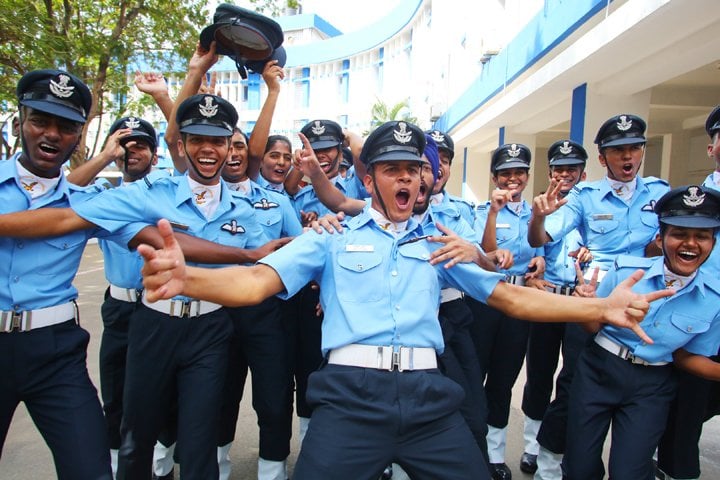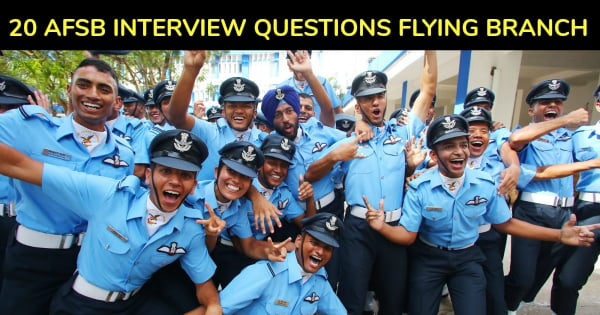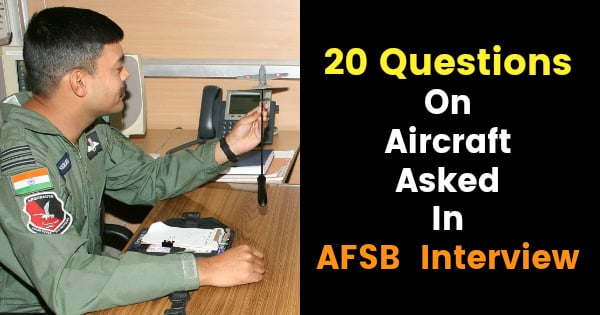In a surprising revelation, a demi-official letter from a senior Indian Army officer has sparked widespread debate about gender roles within the military. The letter, which was directed to a higher-ranking official, detailed the performance of eight women commanding officers under the officer’s command. Critics have labeled the letter as indicative of outdated and patriarchal views, reminiscent of a bygone era, rather than a reflection of contemporary military standards.
The general’s observations about the women officers were strikingly condescending. He claimed that the officers exhibited a lack of “tact in interpersonal relations” and characterized them as having an “exaggerated tendency to complain.” Additionally, he suggested that these officers showed signs of “overexerting command,” as well as possessing a “misplaced sense of entitlement” and “overgrown ego.” His remarks extended to criticism of their emotional capabilities, stating they lacked “empathy” and “compassion.”
The language used in the letter, including phrases like “over-ensuring a mean façade,” reflects a deeper concern that some segments of the military may not be adequately acknowledging or adapting to the contributions of women in leadership roles. Instead of recognizing the unique challenges and perspectives women bring to command positions, the general’s comments appear to perpetuate stereotypes and assumptions that could undermine the female officers’ credibility and effectiveness.
This letter has incited considerable backlash, not just from military personnel but also from advocates for gender equality. Many view the general’s remarks as evidence of an institutional culture that remains resistant to change at a time when the representation of women in the armed forces is increasing. Critics argue that statements like those featured in the letter not only fail to acknowledge the evolving role of women in the military but also have the potential to hinder their career advancement and overall morale.
The discourse surrounding this letter is prompting renewed discussions within the Indian Army about the need for cultural reform and the importance of fostering an inclusive environment that empowers all officers, regardless of gender. Military analysts are calling for comprehensive training programs that address unconscious biases and promote a leadership ethos that values diversity and inclusion.
As the Indian Army looks toward the future, the implications of this letter serve as a stark reminder of the work that still needs to be done to ensure equality and respect in what is often seen as a traditionally male-dominated sphere. With the timeline approaching 2025, the challenge remains: can the military forge a path that not only embraces but celebrates the contributions of women in its ranks?

